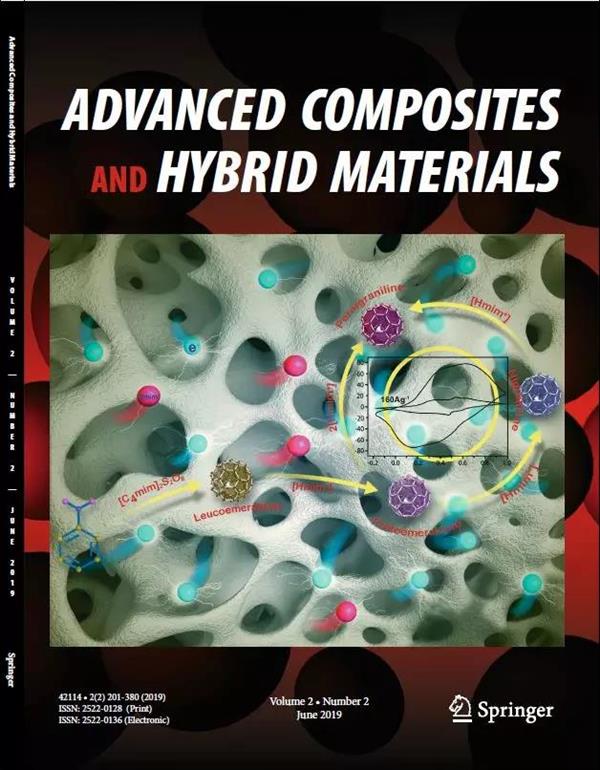Atrial natriuretic peptide-enabled ECM-1 recognition: a new paradigm for Ce3+/Ce4+-amplified breast cancer biosensing
Abstract
Defect-induced cerium oxide (CeO2) catalysts are highly esteemed in sensing and energy conversion applications. Their catalytic properties are tied to the oxygen vacancies, reflecting efficient redox behavior and stronger adsorption. We designed the calcined ellagic acid (EA) integrated CeO2 catalyst with an improved number of active sites that favors the remarkable electrochemical response. In addition, the catalyst supports the immobilization of atrial natriuretic peptide (ANP) molecules after being treated with O2 plasma by inducing the carboxylate formation. The novel approach of combining defect-engineered CeO2 and ANP contributes to the high sensitivity by providing a favorable environment for extracellular matrix (ECM)-1 binding and efficient electron transfer for signal generation. We contemplated the binding of ECM-1 and ANP with small-angle X-ray scattering profile-mediated molecular docking and studied the dynamic properties. The adsorption energy of − 5.8 eV reveals the stronger binding of the carboxylate group on the CeO2 surface. Nudged elastic band (NEB) calculations demonstrated that the calcined EA@CeO2 required only 1.29 eV for breaking the O–H bonding. Furthermore, a 1.67 eV of energy barrier was observed during the O vacancy formation. A lower diffusion rate (1.64 × 10−4 ps−1) and higher intra-radial distribution function of COOH on CeO2 established systems with high stability and compactness. The sensor system can detect as low as 0.28 ng mL−1 of ECM-1 with high anti-interference properties and exhibits better performance than conventional antibody-based testing.
Graphical abstract

 求助内容:
求助内容: 应助结果提醒方式:
应助结果提醒方式:


